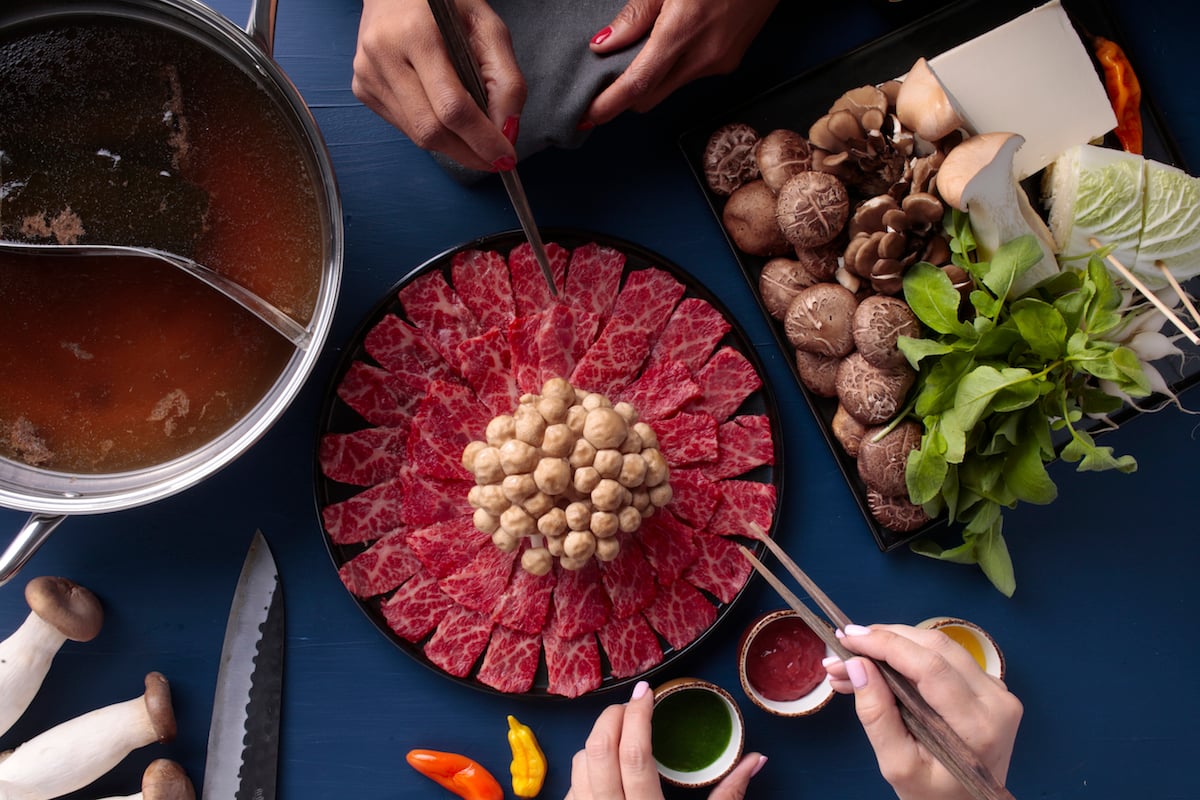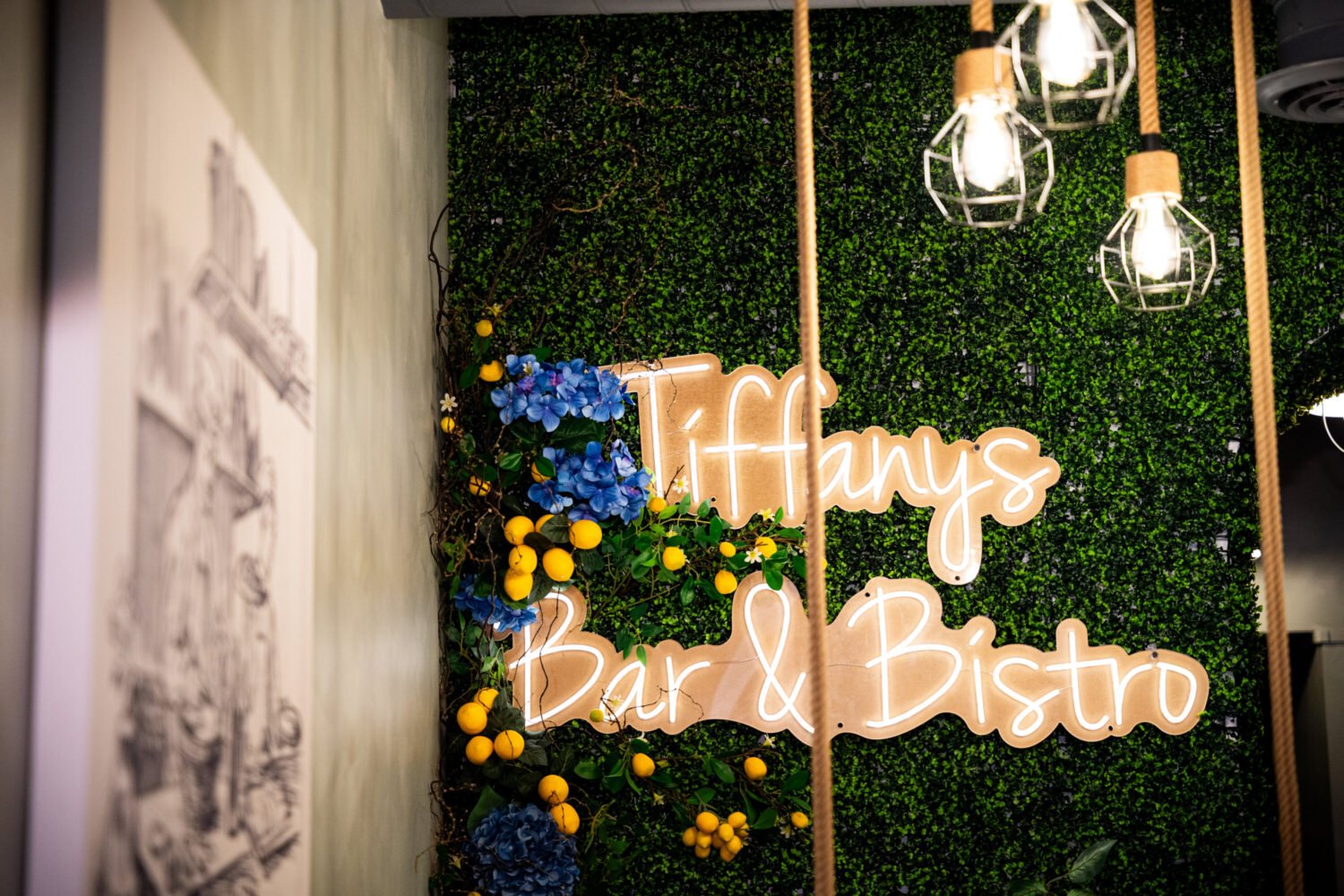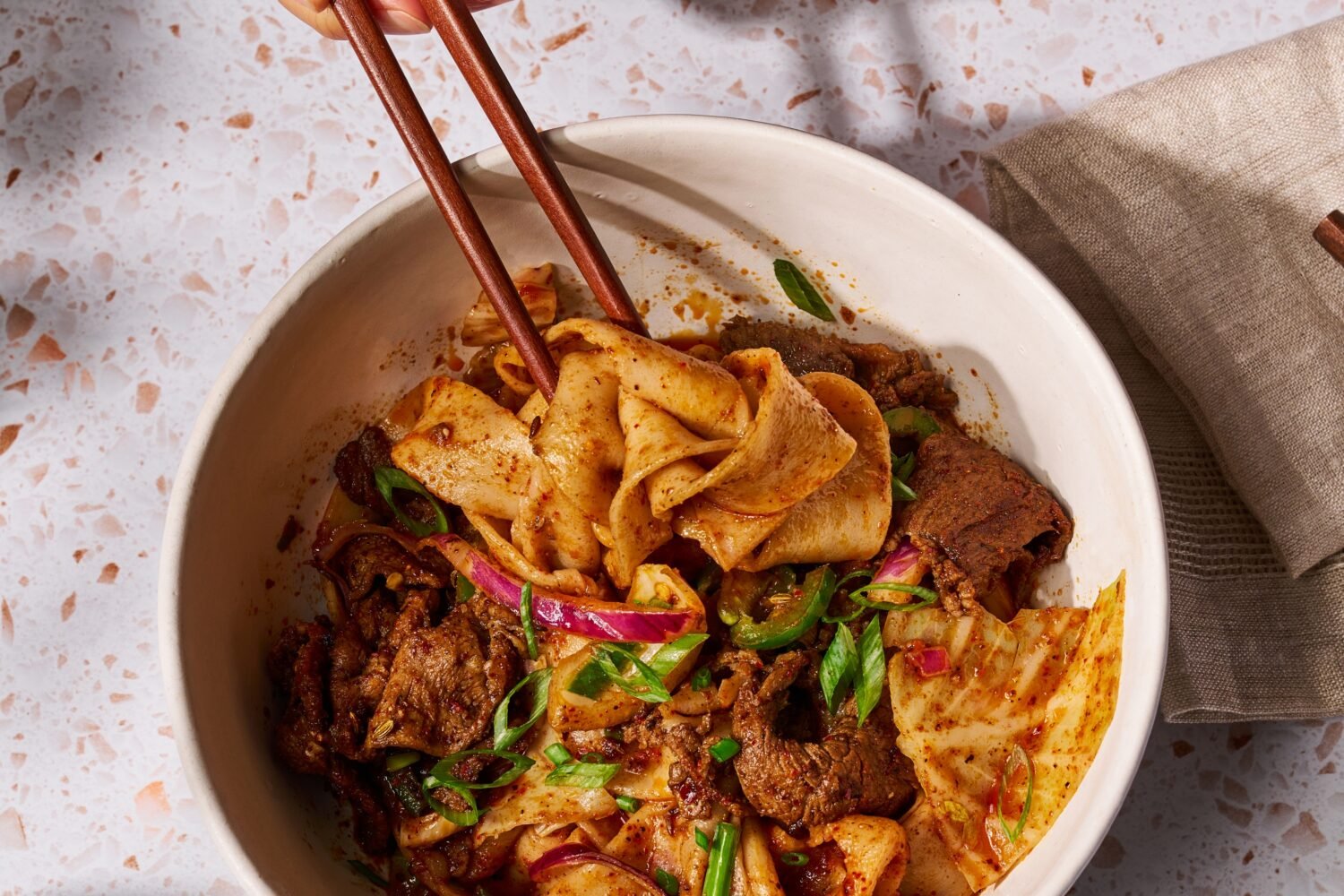About Restaurant Openings Around DC
A guide to the newest places to eat and drink.
Chef Darren Lee Norris and wife Candice Wise-Norris have been waiting a year to open the final and most ambitious part of their three-level Japanese destination in Adams Morgan. Shibuya Eatery, an izakaya-style restaurant, debuted last summer with homemade udon and soba noodles, yakitori skewers, and donburi bowls. The menu has expanded to sushi and sashimi, which guests can nibble on two patios. Thanks to relaxed pandemic regulations, Death Punch Bar, a moody cocktail lounge, is finally going full-tilt for night owls who want to shoot billiards or dance to DJs on weekends.
Now, Norris is getting ready to flex his culinary muscles at Shabu Plus, a serene second-floor dining room that debuts Wednesday, July 14. Diners can book reservations for shabu-shabu—Japanese hot pot—where everything from the simmering broths to the dipping sauces and noodles are made in-house. “Plus” denotes a menu of artful small plates that can be ordered in conjunction with the shabu shabu, or as part of a kaiseki tasting.
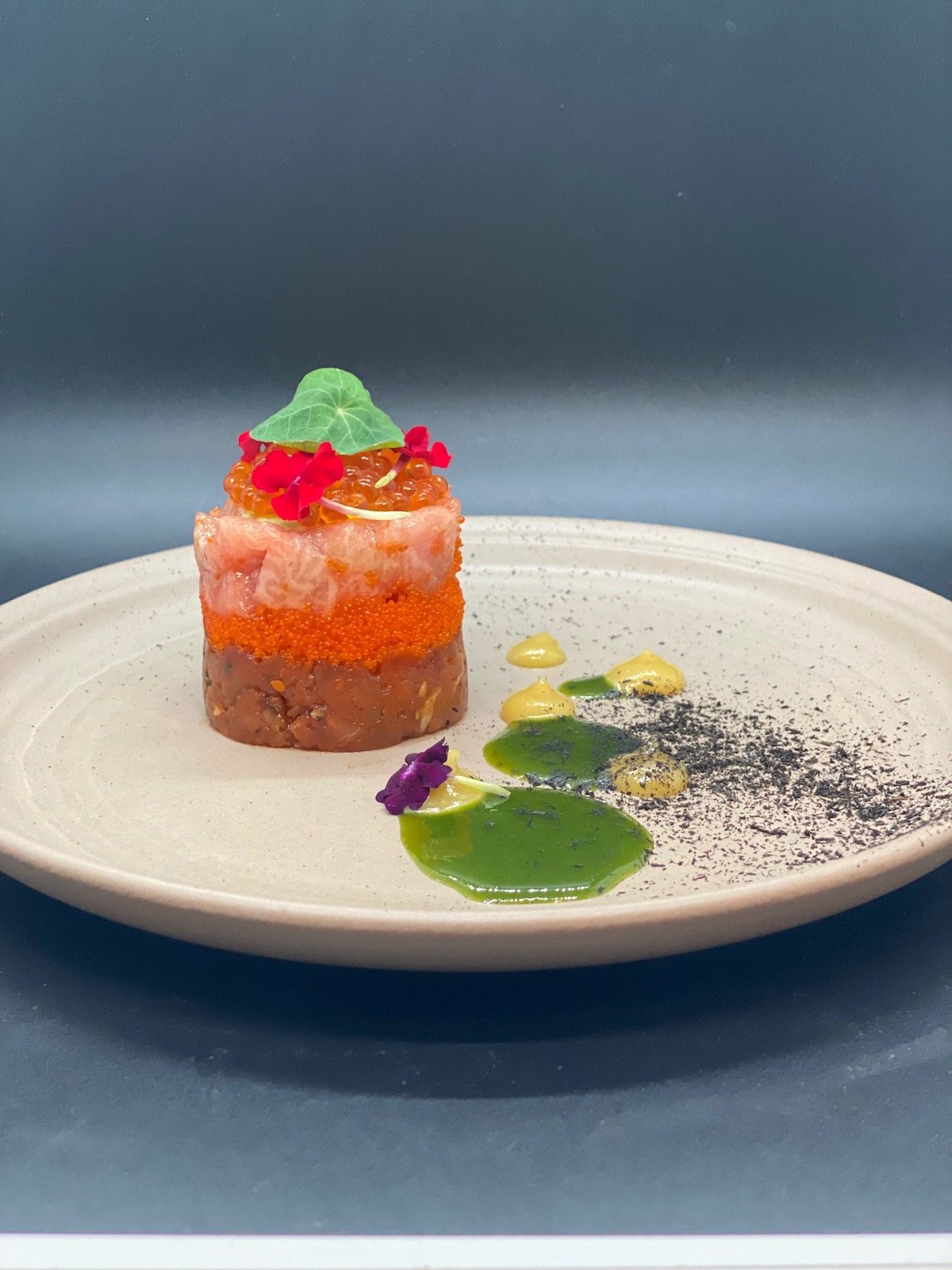
While mid-summer many not be the ideal time to debut a hot pot concept, Norris says he was waiting for a moment when diners would embrace a communal dining experience.
“After all we’ve been through, when there is no connecting —this is the opposite, the ultimate form of connecting,” says Norris.
Norris opened Kushi, DC’s pioneering modern izakaya, in 2010—garnering a large following and a James Beard nod. The Mount Vernon Triangle restaurant is now closed, but Norris is again aiming to highlight an element of Japanese cuisine that’s less commonly found in Washington. While spots like Sushi Taro offer shabu-shabu as a menu special, and Chinese and Taiwanese hot pot places exist here, dining rooms dedicated to the Japanese-style experience are rare.
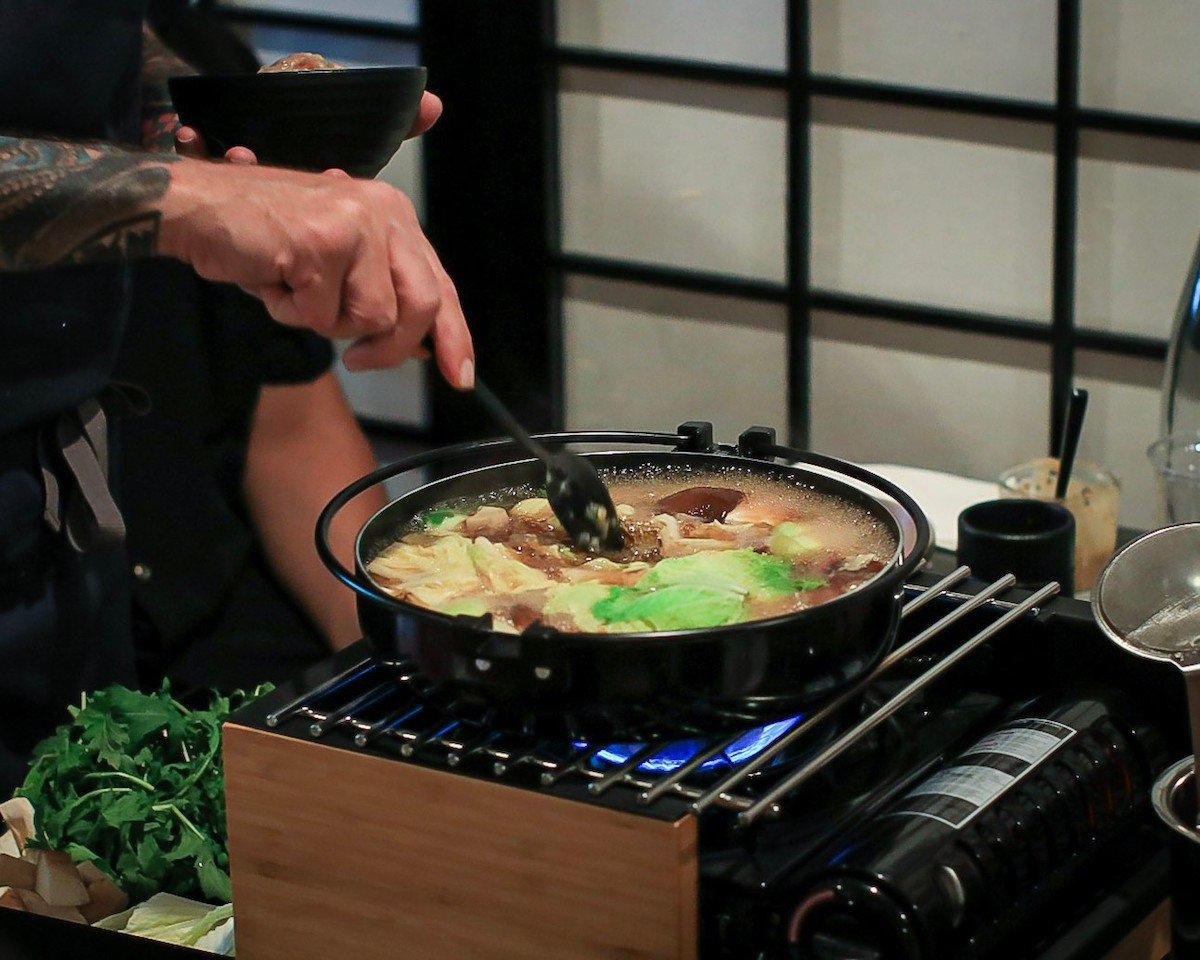
If you’re new to shabu shabu, here’s how it works. Guests begin by picking a broth, designed to share: there’s seafood dashi, vegetarian kombu dashi, or a duck-bone dashi that’s been simmered for days (any can be made spicy with Fresno-chili paste). The hot broth is poured tableside into pots nested on iron burners; some tables are big enough to fit multiple burners, while a few pots are divided in two for diners who want to sample different broths.
Then, it’s time to dip and cook different ingredients in the roiling soup. All pots come with an array of vegetables like cabbage, mizuna, tofu, shiitake mushrooms, garlic chives, and Japanese leeks. Non-vegetarians can pick from a variety of meats, poultry, and seafood—anything from splurge-worthy A5 Miyazaki ribeye to homemade duck tsukune (meatball), Kurobuta pork belly, and Maine lobster tail, clams, and scallops (the proteins—designed for two to share—range from $18 to $45). Diners can order as many plates as they want—the meal is meant to be leisurely, punctuated by rounds of sake or Japanese beers.
“The only rule is to be conscious of time,” Norris says. Shabu-shabu is a phonetic term derived from cooking the proteins in hot broth —“swish swish.”It’s meant to be a light, gentle process as opposed to leaving items to boil. “I always say there’s a one degree difference between ice and water. Well here there’s a one degree difference between something that tastes amazing and completely ruining the food.”
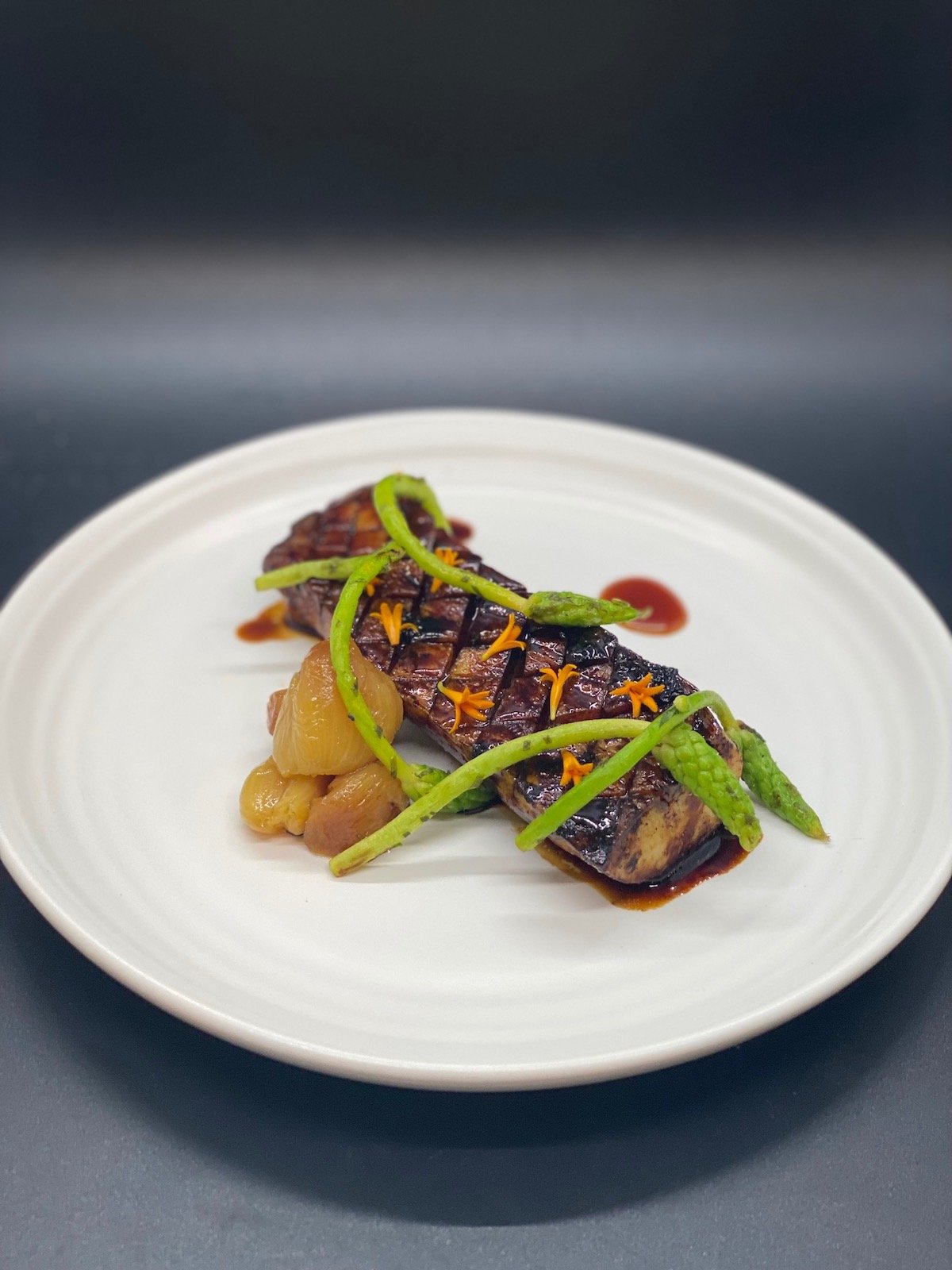
House-made sauces include goma (sesame seed), ponzu, yuzu-kosho, garlic-chive puree, and an umami-packed miso bang cauda. When diners have finished dipping their ingredients, rice or homemade noodles (Norris likes the chewy udon) are added to the seasoned broth. One forms a congee-like stew while the other a satisfying noodle soup—eggs are recommended for both.
Customers can also opt for a seasonal kaiseki menu. Ten-odd plates include a number of vegetable dishes like heirloom-tomato salad with cucumber, radishes and tofu puree. There are also a la carte plates like bluefin-toro tartare or a six hour-braised short rib with tare glaze.
Reservations are currently live for Shabu Plus, which will be open Wednesday through Saturday for dinner only.
Shabu Plus. 2321 18th St., NW

